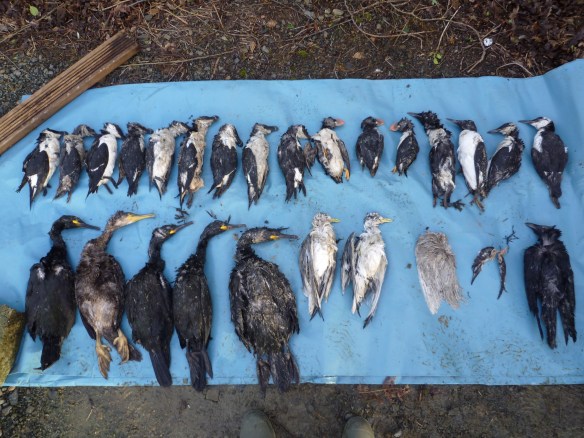 This year’s meeting is now only a couple of weeks away on the 9th and 10th October at the Durrell Conservation Academy. We are very excited now to be able to tell everyone that Insurance Corporation has kindly offered to sponsor this year’s event! This means that we will no longer be charging delegates a fee although we will suggest that everyone attending makes a donation to Birds On The Edge which they could chose to go to habitat restoration or to the chough reintroduction project.
This year’s meeting is now only a couple of weeks away on the 9th and 10th October at the Durrell Conservation Academy. We are very excited now to be able to tell everyone that Insurance Corporation has kindly offered to sponsor this year’s event! This means that we will no longer be charging delegates a fee although we will suggest that everyone attending makes a donation to Birds On The Edge which they could chose to go to habitat restoration or to the chough reintroduction project.
Insurance Corporation are an apt sponsor as through their Conservation Awards in Jersey and Guernsey and Alderney they have been very supportive of many of the projects that will be discussed at this year’s meetings – including Birds On The Edge!
The programme of speakers and discussion groups is coming together nicely and this year will include:
• Rob Ward – Jersey grass snake and slow worm survey
• Sozos Michaelides – Phylogeography and conservation genetics of the wall lizard
Podarcis muralis on Jersey, Channel Islands
• John Wilkinson -Just why are Jersey toads so special?
• Guernsey seabirds – an update
• Vic Froome – Working Together – saving biodiversity in the Islands
• Cris Sellarés – Filling the gap for our farmland birds
• Liz Corry – Red-billed chough reintroduction
• Kevin McIlwee – Jersey Maerl Beds
• Francis Binney – Rare molluscs of Archirondel pier
• Denise McGowan – Jersey Small Mammal Survey 2014
• Alderney and Guernsey – Ramsar programme
• Julia Henney – La Société Conservation Herd
• Anne Haden – Jersey Rare Plant Register
• The agile frog – Rana dalmatina an update
• Developing community engagement through land management – Alderney
Community Woodland
• Paul Buckley RSPB Update on the State of Nature
• Andrew McCutcheon – Guernsey Biodiversity Strategy
• Coordination of information on major seabird wrecks/pollution incidents
• Paul Buckley – Seabird recovery projects – lessons from Lundy and the Isles of Scilly
• Marine Development – update from each island on emerging pressures and
consequences for management UK, French and Channel Islands developments
• LIVE – an update from AWT/Durrell and the importance of increasing island
involvement in environmental education
On Friday afternoon there will be two optional sessions:
• Option 1: Field visit to chough release project on Jersey’s north coast
• Option 2: Gerald Mannaerts – PANACHE: How to involve Channel Islands in the
Channel’s marine protected areas network.
There may, of course, be some changes to this programme. It wouldn’t be an Inter-Islands if everyone’s flights got in uninterrupted by the weather! We have standby speakers and talks lined up. The full programme will be circulated to everyone before the event and available for download on this site.
We are planning to arrange a dinner for everyone interested on Thursday evening from 19:30 onwards. Please contact Glyn Young as soon as possible to let the organisers know that you are coming to the meeting and if you are interested in attending the Thursday dinner as we need to finalise numbers very soon.

 Recent visitors to Sorel and Devil’s Hole may have been puzzled by the disappearance of the resident sheep. Don’t worry they are still there. They have been moved into the field with the chough chicks and will be locked in there whilst bracken control measures are carried out.
Recent visitors to Sorel and Devil’s Hole may have been puzzled by the disappearance of the resident sheep. Don’t worry they are still there. They have been moved into the field with the chough chicks and will be locked in there whilst bracken control measures are carried out.
































